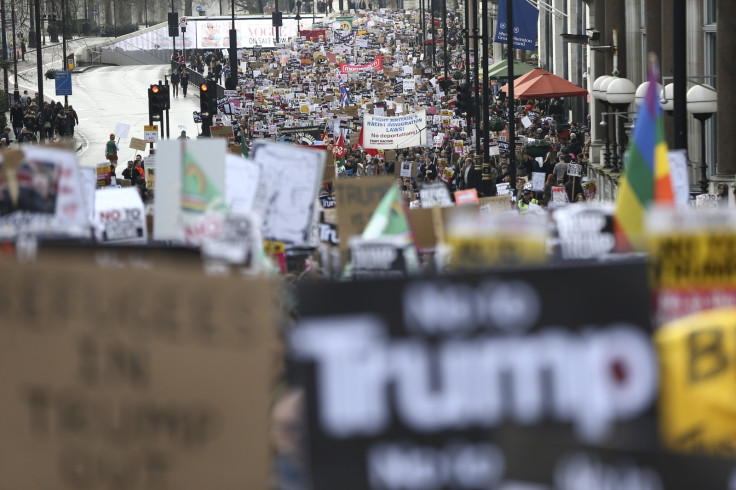Trump Administration's DNA testing for immigrants may soon be a reality
The DNA metrics will be added to a criminal database.
The Donald Trump administration, it seems, is not swayed by the ongoing impeachment proceedings. The US Department of Homeland Security is going full steam ahead with President Trump's immigration reform plan.
The New York Times reported on Wednesday that the Department is planning to add the DNA records of immigrants to a criminal database. The regulation, when it comes into effect, is expected to affect thousands of people.
According to the report, a pilot program will be run along US-Mexico border. The record will be created using the Rapid DNA technology, which uses genetic markers to recognise DNA in under 90 minutes. It is a product of the Rapid DNA Act, 2017, which was passed with bipartisan support.
The main purpose is to recognise people who are posing as families to avoid detention – children, for example, cannot be held for more than 20 days.
What's more conspicuous is the database the information is stored in. The database contains the DNA of people who have committed serious offenses. It also has lacunae – not all families are genetically related. Some children are adopted.
Another issue that can come up is, that US citizens may be forced to take DNA tests – earlier this year, the US Border agents wrongfully arrested an 18-year old citizen and detained him for a month.
It will also raise privacy and data security issues. If US citizens are arrested, it may also snowball into a civil liberties issue. Another issue that needs to be addressed is that the database shouldn't be used in a malafide manner – to determine what kind of employment should be given to whom.
According to the FBI website, this will serve as "a tool for linking serious offenses" (with immigration).
This is a shot in the arm for the Trump administration's plan to criminalise illegal immigration, even if it is done for the purposes of seeking asylum. Until now, such testing has only been used to identify serious offenders.

© Copyright IBTimes 2025. All rights reserved.





















